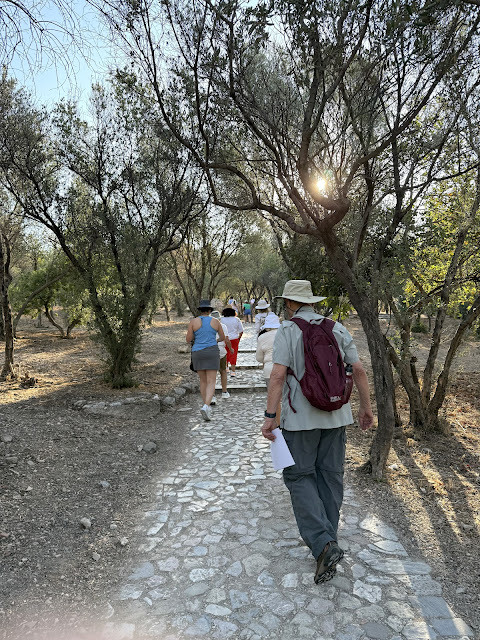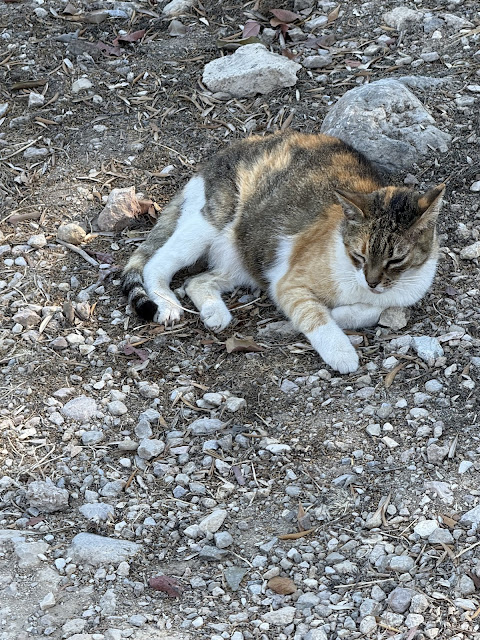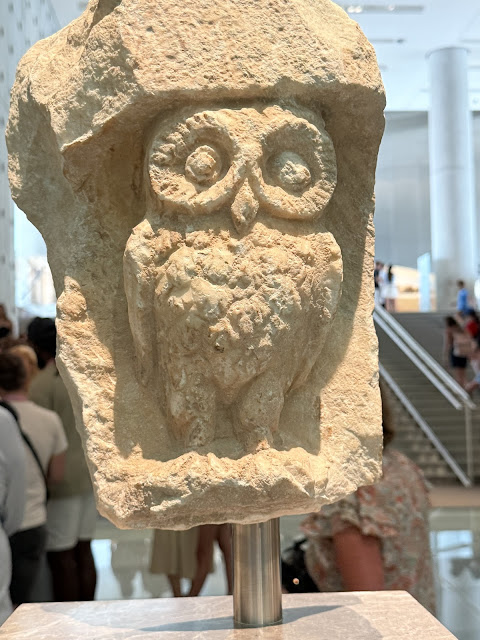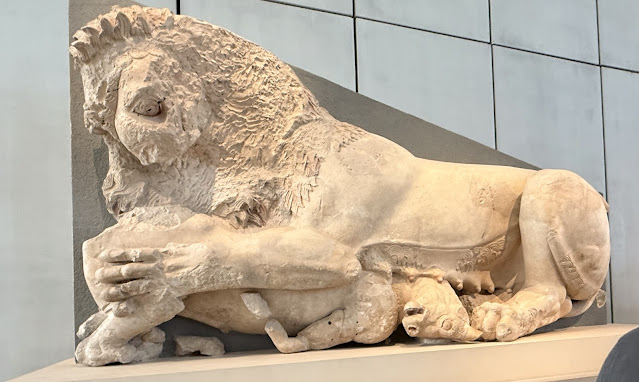French Detectives
 |
| “Murder In…” — a very long series that we just started. |
 |
| “L’Art du Crime” — sometimes far-fetched, but usually fun. |
Both of these series have subtitles, of course, but I can still sometimes understand what they are saying in French. Both have tons of local color! French provincial towns and cities or Paris and the Louvre. All great to see.
Celebrating the Fourth of July
More Fireworks Photos
 |
| I love fireworks! So glad for this unofficial display in our local park. |
Saturday Afternoon Ride in the Countryside
 |
| The corn is growing in the fields not far from our small city. |
Reading fiction and essays
Homage to Kafka: Ten Short Stories
 |
| a cage went in search of a bird |
I can’t read all these stories one-after-another, the way I read a regular anthology, because the writers were doing homage to Kafka. Therefore most of the selections are very weird, surreal, and frightening. Characters are trapped or they are uncomprehending, or they are desperate to control their own circumstances which have gotten away from them. The fear and dislocations expressed here seem to outdo Kafka, whose 100th death anniversary they were written to celebrate — he died on June 3, 1924. Some of the stories seem more like Italo Calvino than like Kafka because they are not only surreal but they double back on themselves in a self-referential way.
If somehow you decide to read this collection, consider yourself warned!
Homage to Nobody: Essays by Rebecca Solnit
 |
| Essays by Rebecca Solnit: all written before the current administration took over. |
The world was already becoming strange and disastrous when these collected essays were written a few years ago, many during or just after the pandemic. The book was published in 2025, but the author’s position of cautious optimism about the future of a number of issues (even climate change) and about the possibility of political action to mitigate them seem depressingly retro. I can’t bear this optimism in view of this past six months of rapid decommissioning of positive endeavors of the US government and the replacement of responsible officials with lackeys who oppose the earlier policies and are only destructive.
The more I read these essays from the past, even with a few author’s notes written in 2025, the more I simply find them painfully obsolete. The small possible changes played up in Solnit’s essays are now obliterated by our newly powerful backwards-looking and kleptocratic government. The possibility, for example, that there could be some way to counter fossil fuel dominance has been utterly cancelled along with the defunding of most government-funded projects to overcome it and the re-empowering of the interests of the fossil fuel industry. Ditto social change. Ditto environmentalism. Optimism is now simply crazy.
The more I read, the more I find myself speed reading because Solnit’s rosy view that small changes will counter big trends has become so impossible. Virtually all positive actions for racial and social justice, environmental protection, higher education, and many other virtuous initiatives once taken by our nation have been brutally cancelled in just half a year by the new administration. Horrifying!
Some depressing quotes:
“A standard complaint of the right: the real victim is the racist who has been called a racist, not the victim of his racism; the real oppression is to be impeded in your freedom to oppress.” (p. 81)
“The Covid-19 pandemic was, like the climate crisis, a reminder that we are interconnected and that what we do as individuals and together affects the whole; that’s a scientific fact rather than a political position, but those who reject the facts treat them as political opinions (and in some versions of the libertarian worldview, everyone gets to have their own facts).” (p. 59)
“Of course, in the face of the climate crisis, sticking with the status quo isn’t an option. We either make the changes science has shown are necessary and engineering has made possible, or we let runaway change of the worst kind devastate people and places.” (p. 155)
“All mining needs to be done with respect for the land and people in the vicinity, but the impact of mining for renewables needs to be weighed against the far more devastating impact of mining for and burning fossil fuel.” (p. 144)
Don’t bother to read this book — it no longer speaks to our current situation, and there are much more important issues to think about! Of course I hope that some miracle will stop the current effort to create a totalitarian and anti-progressive government in Washington, but I have no rational reason to expect this outcome.
Quote for Today
“More than 80 years ago, as France was under occupation and repression, America welcomed exiled researchers, offering them a helping hand and allowing them to keep science alive. And now, in a sad reversal of history, some American scientists have arrived in France in search of a space for freedom, thought and research.” — Éric Berton, president of Aix-Marseille University, quoted in the Guardian.
Sunday Morning In My Garden
Blog post © 2025 mae sander

























































